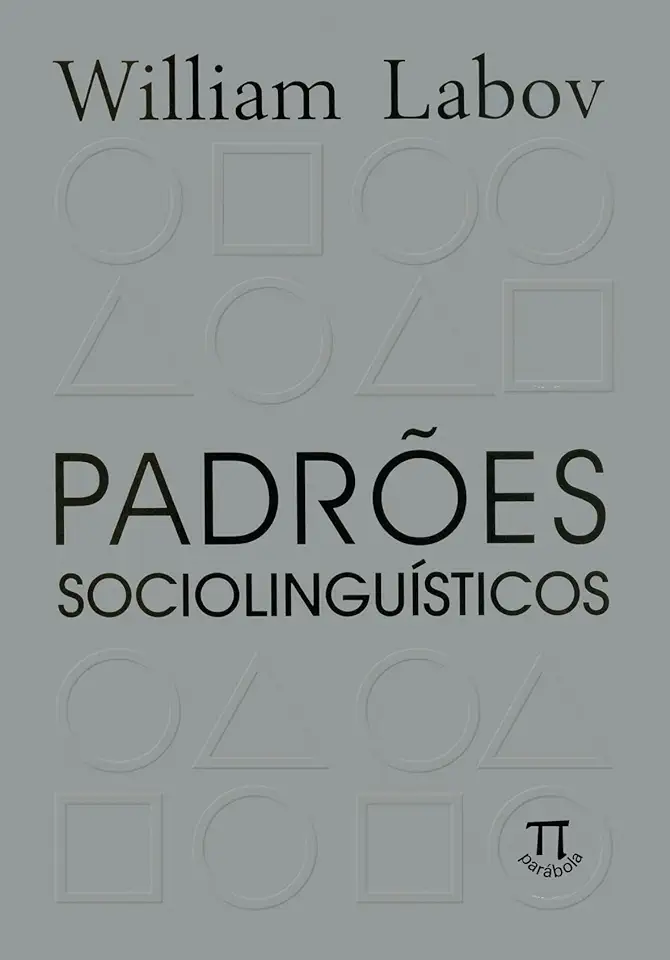
Sociolinguistic Patterns - William Labov
Sociolinguistic Patterns: A groundbreaking exploration of language variation and social identity
Introduction
In his seminal work, "Sociolinguistic Patterns," renowned sociolinguist William Labov presents a comprehensive analysis of the relationship between language variation and social identity. Through meticulous research and insightful observations, Labov unveils the intricate ways in which language reflects and shapes our social interactions, identities, and experiences. This book is a must-read for linguists, sociologists, anthropologists, and anyone interested in understanding the complex interplay between language and society.
Unraveling the Sociolinguistic Landscape
Labov's groundbreaking study takes readers on a journey through the diverse sociolinguistic landscapes of urban communities. He meticulously examines how language varies across different social groups, such as age, gender, ethnicity, and socioeconomic status. By analyzing speech patterns, pronunciation, and grammatical structures, Labov reveals the intricate connections between linguistic choices and social identities.
The Power of Linguistic Variation
Labov argues that linguistic variation is not merely random or arbitrary. Instead, it serves as a powerful tool for expressing social identity, conveying social meaning, and negotiating social relationships. He demonstrates how speakers strategically employ different linguistic features to align themselves with particular social groups, assert their identities, and navigate social contexts.
The Case of New York City
Labov's research primarily focuses on the sociolinguistic patterns of New York City, a vibrant metropolis teeming with diverse linguistic communities. He meticulously analyzes the speech of various social groups, from working-class communities to upper-middle-class neighborhoods. By examining the linguistic features that distinguish these groups, Labov sheds light on the complex interplay between language and social structure.
The Significance of Social Context
Labov emphasizes the crucial role of social context in shaping linguistic variation. He argues that language is not simply a neutral medium of communication but rather a dynamic tool that reflects and responds to the social environment. By examining how language is used in different social contexts, such as casual conversations, formal interviews, and public speeches, Labov demonstrates how linguistic choices are influenced by social factors.
The Impact of Social Change
Labov's work also explores the impact of social change on linguistic patterns. He examines how language evolves over time, reflecting shifts in social norms, values, and identities. By tracing the linguistic changes that occur as communities undergo social transformations, Labov provides valuable insights into the dynamic relationship between language and society.
Conclusion
"Sociolinguistic Patterns" stands as a seminal work in the field of sociolinguistics, offering a comprehensive understanding of the intricate relationship between language variation and social identity. Labov's meticulous research and insightful analysis have revolutionized our understanding of how language shapes and reflects our social interactions, identities, and experiences. This book is an essential resource for anyone seeking to unravel the complexities of language and society.
Enjoyed the summary? Discover all the details and take your reading to the next level — [click here to view the book on Amazon!]